The aircraft for today is the Blackburn Buccaneer which happens to be a carrier born aircraft that served the British Royal Navy. The name of this aircraft is Blackburn Buccaneer which was designed back in the early 1950s and was initially produced by a company named Blackburn Aircraft that was located in Borough. The aircraft was later named the Hawker Siddeley Buccaneer but after getting the Blackburn name for so long, that name just got stuck to it even after Blackburn Aircraft became part of the Hawker Siddeley Group.
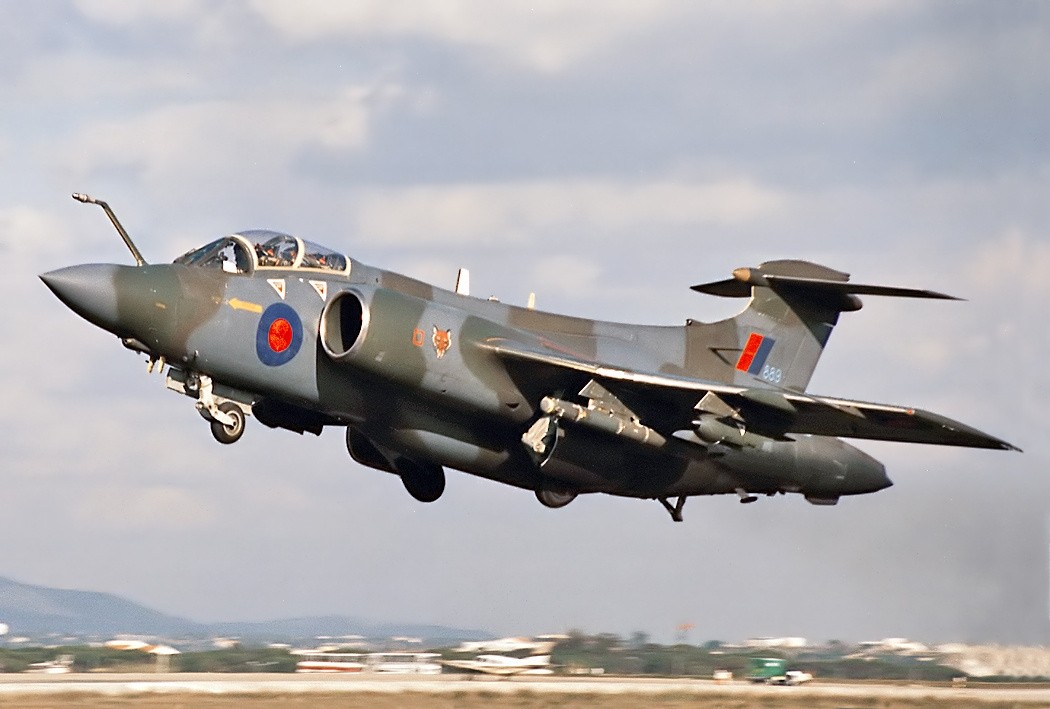
The main reason for creating the Blackburn Buccaneer was to be a response to the Soviet-made Sverdlov Class cruiser construction program. The Royal Navy was not at that time had any plans to create their own new fleet but in order to attack these Soviet cruisers, the Royal Navy made use of the Blackburn Buccaneer. This was achieved mainly due to tot eh low attitude flight of the Blackburn Buccaneer which made it nearly invisible on the radar of the ships.
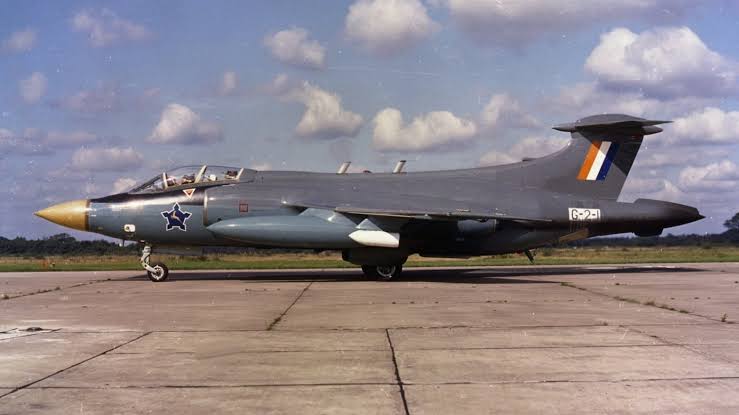
The attacking capability of the Blackburn Buccaneer included the deployment of nuclear bombs along with the conventional bombs. Later models of the Blackburn Buccaneer were equipped to carry anti-ship missiles for improvising the aircraft’s survivability against the modern weapons of the naval cruisers.
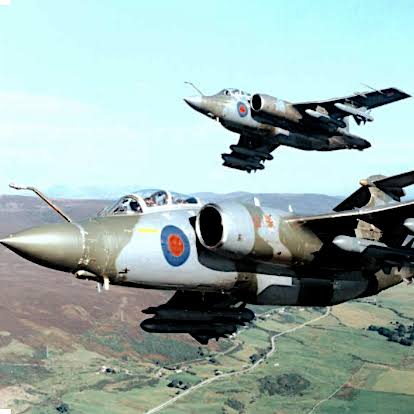
The service of the Blackburn Buccaneer started with the Royal Navy back in 1962 with many early units suffering from accidents caused by limited engine power. The Blackburn Buccaneer was also entered as a part of the Royal Air Force’s competition for a new attack fighter. Unfortunately, the Blackburn Buccaneer was won over by the BAC TSR-2 but that aircraft too got canceled due to the high production costs. The competition settled with the inner being the General Dynamic F-111K. Still, the Blackburn Buccaneer served the Royal Air Force from the year 1969 till its retirement.
Origin & Development:-
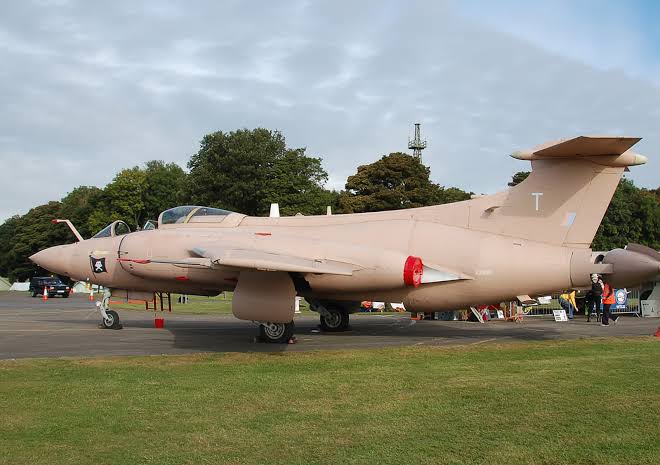
After World War II concluded, the top-ranking officials of the Royal navy got concerned about the production of the Sverdlov class cruisers from the Soviet Union back in the early 1950s. These cruisers were a great threat to the merchant ships traveling in the Atlantic Ocean.
The plan to oppose this ship was not to create the likewise cruise ship but to create a new attack fighter to fend off these cruisers. This new attack fighter was to operate from a Navy carrier and attack the enemy ships at a low level but with high speed.

A tender was issued at the same time and the winner for this tender turned out to be a design of the Blackburn Buccaneer created by Barry P. Laight who designated it as Project B-103 back in 1955. Due to reasons of keeping this a secret from the Soviets, the project was named as BNA (Blackburn Naval Aircraft) or BANA (Blackburn Advanced Naval Aircraft). This led to the aircraft to be often been nicknamed simply as the BANANA Jet.
The aircraft was ready for its first flight back on April 30th, 1958 which it took from the RAE Bedford.
Design:-

The design of the Blackburn Buccaneer was mainly centered on its tubular-shaped fuselage section which had a pointed nose cone with a tapered empennage. Wings of the aircraft were of monoplane assembly style and had been fitted along the sides of the fuselage. The fuselage, on its side also had circular engine nacelles for the intake at the front and the exhaust rings for the rear.

The empennage of the aircraft was finished with the T style tail placed upon the vertical fin. As for the framed cockpit, it has forward facing design which offered a good view of the skies ahead. The undercarriage was of the traditional tricycle armament.
The aircraft was equipped with the in-flight refueling probe to increase the operational range of the Blackburn Buccaneer.
Powerplant:-
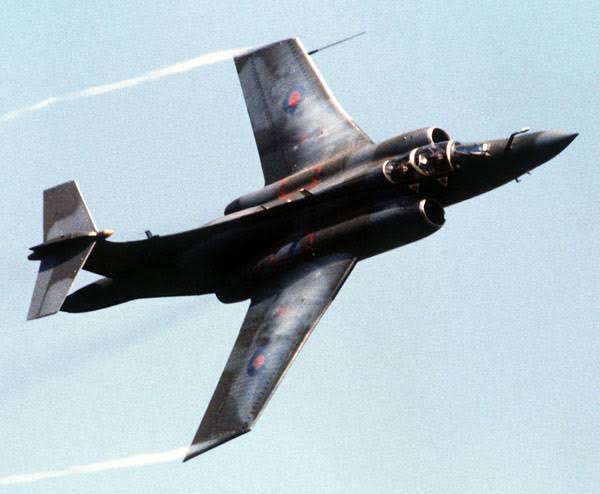
A single Blackburn Buccaneer is powered by 2 of the Rolls Royce Spey Mk 101 Turbofan engines with each of them creating a thrust of almost 11100 lb/ft. this much power allowed for the aircraft to have a top recorded speed of about 667 mph with a ferry range of almost 2300 miles wand combat rage of 1108 miles at a service ceiling of almost 40000 feet. Without being equipped with any payload, the aircraft weight about 3000 lbs and the maximum takeoff weight limit was about 62000 lbs.
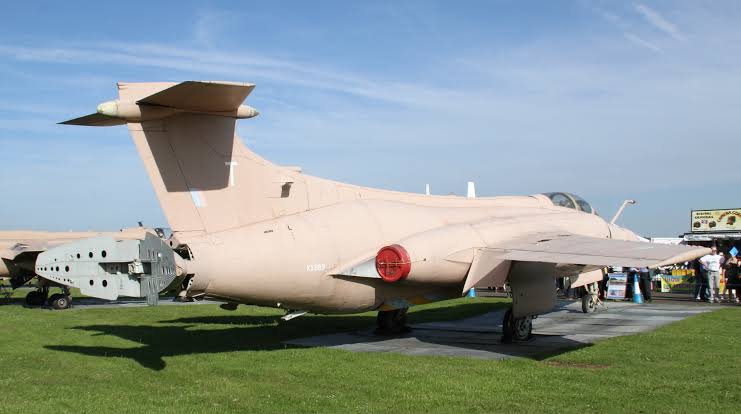
The length of the aircraft is measured to be about 63 feet and 5 inches with wingspan being 40 feet and finally the height of 16 feet and 3 inches.
Armaments:-
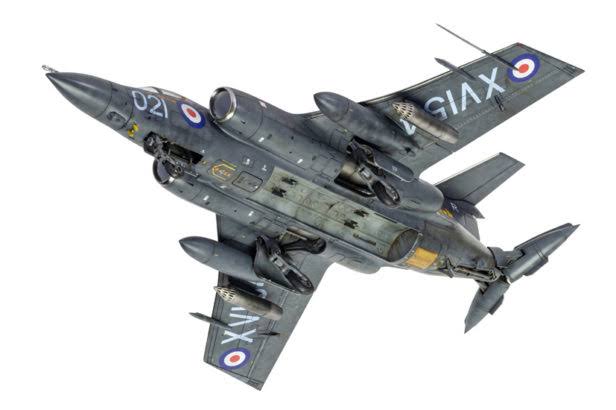
The aircraft was designed to be an attack aircraft which meant that the aircraft was equipped with multiple weapons for air-to-surface combat engagement which included arming the aircraft with following ordnance payload.
- Conventional drop bombs
- Anti-fortification missiles
- Anti-ship missiles
- Unguided rocket pods
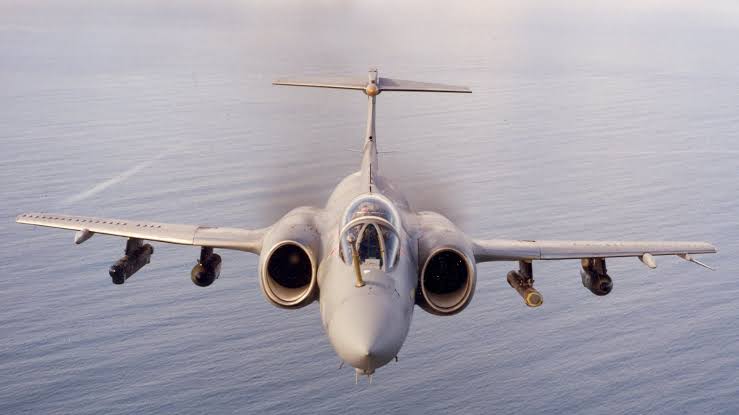
The internal bombing bay of the Blackburn Buccaneer was a spacious one which meant that it could be equipped forcibly with external fuel pods to increase the operational range of the aircraft.
Variants:-
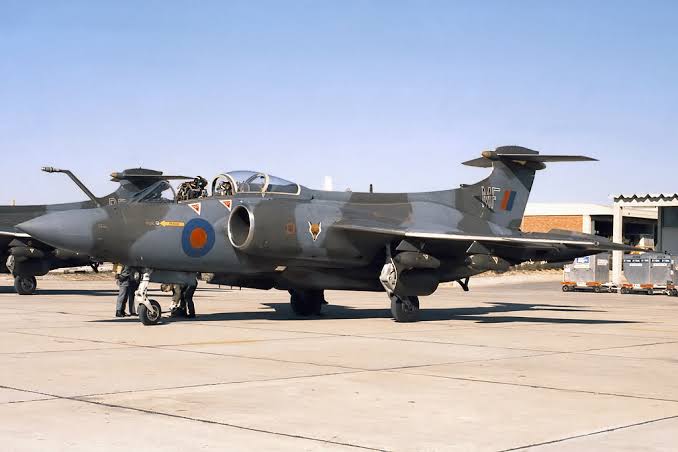
With the interest of the Royal Navy being in the smaller aircraft, the large fixture of the Blackburn Buccaneer was not suitable and in 1969, the S.Mk. 2 models of the Blackburn Buccaneer were modified to serve as the land-based attack fighter for the RAF. The aircraft were equipped with the Martel Ant Radar/ anti-ship missiles that allowed for the aircraft to be a fit for the RAF.
Combat Service:-
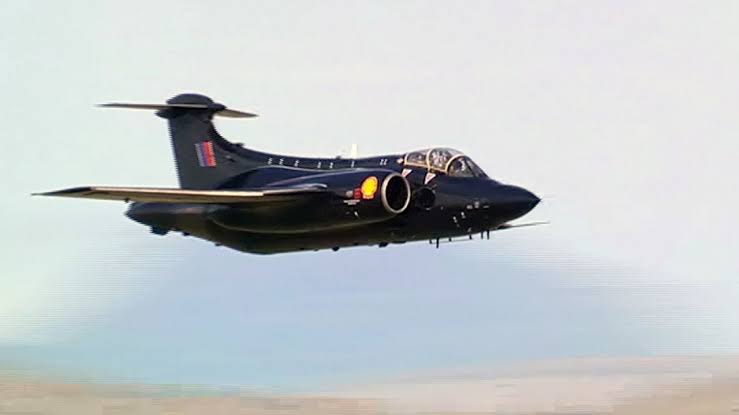
During the Persian Gulf War, nearly 12 of the Blackburn Buccaneers were sent to the conflict region. These Blackburn Buccaneers were equipped with the laser designation equipment to allow for firing the laser-guided missiles to perform precision strikes on enemy forces. All in all, the aircraft participated in 218 attack sorties.
Other Operators:-

Other than the Royal Air Force and the Royal Navy, the other operator of the Blackburn Buccaneer was the South African Air Force which received delivery of 12 of the Blackburn Buccaneer aircraft. These were primarily used for the anti-ship missions as well as for the ground attack missions. For SAAF, the aircraft served in their Border War.
Retirement:-
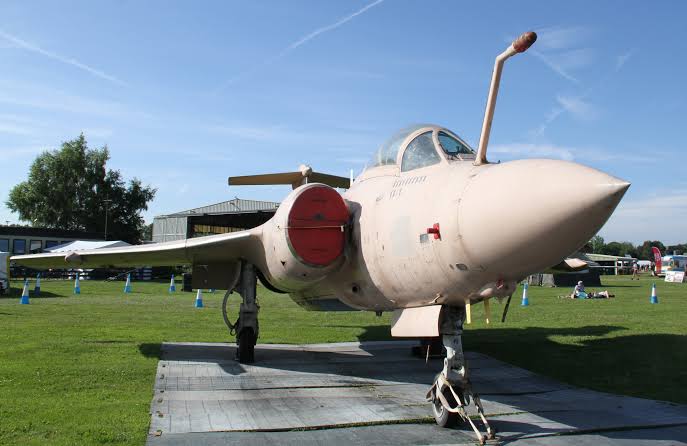
The formal retirement of the Blackburn Buccaneer from the Royal Navy and the RAF was conducted back in 1991 with the aircraft being decommissioned for active service in 1994.
As for South African Air Force, they too retired their fleet of Blackburn Buccaneers back in 1991.
Related Content
Interesting facts about the HAL Tejas: The Indian LCA (Light Combat Aircraft)


